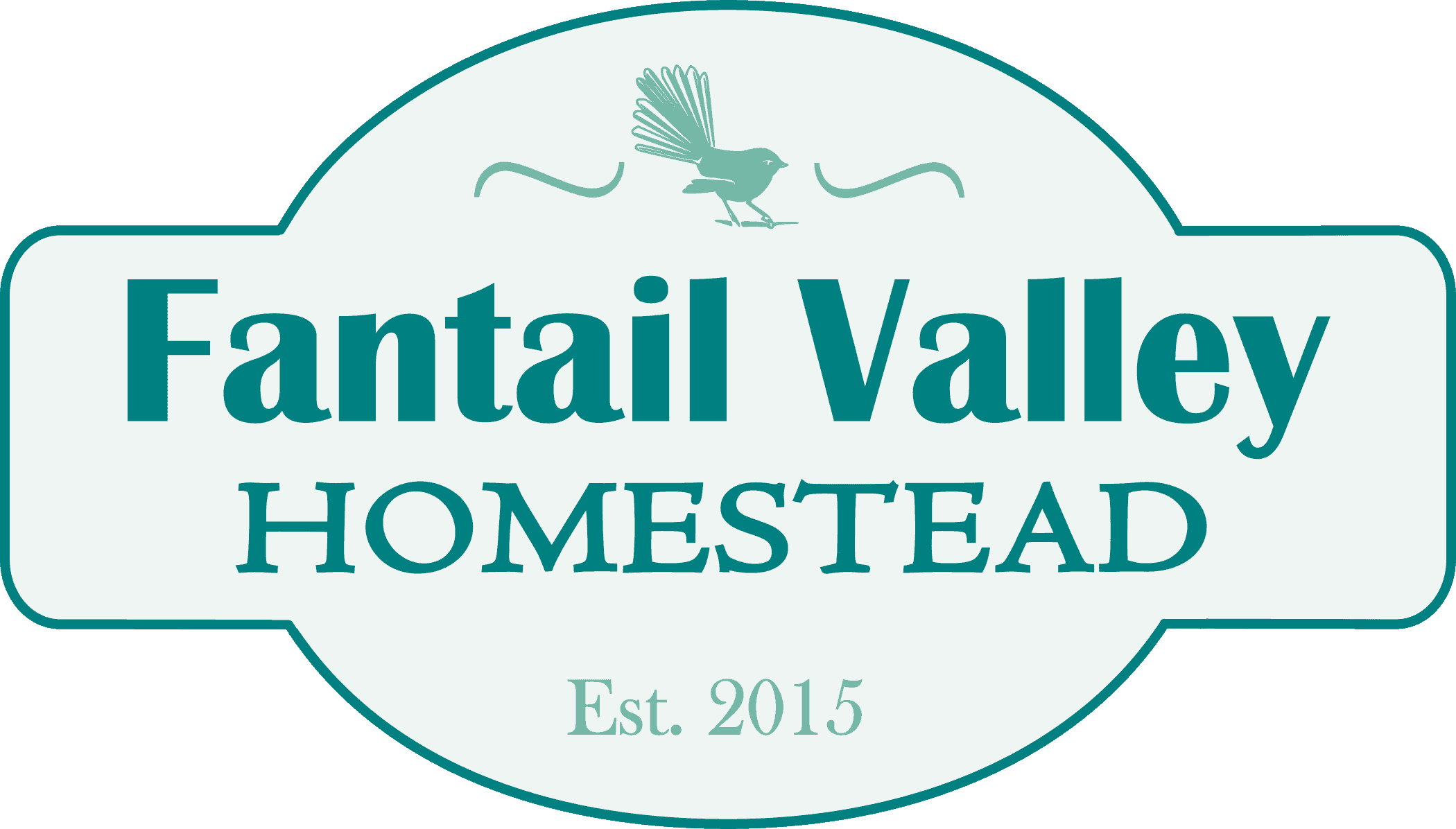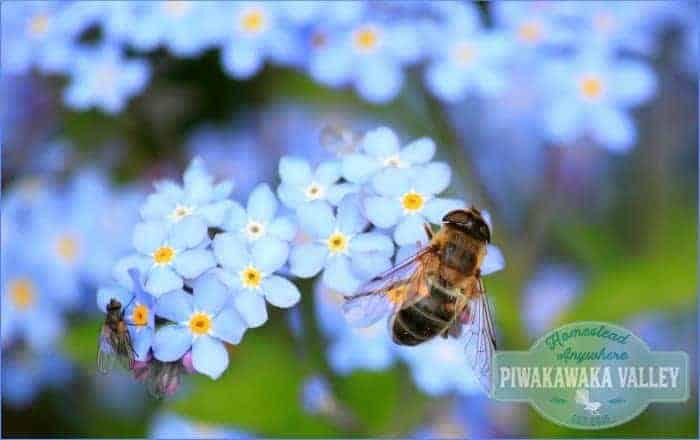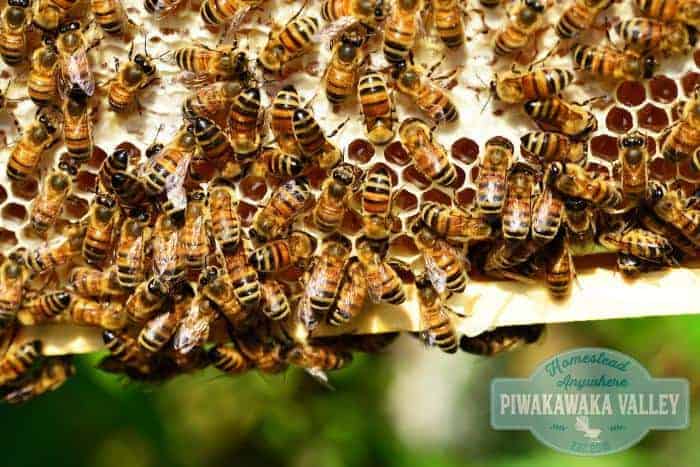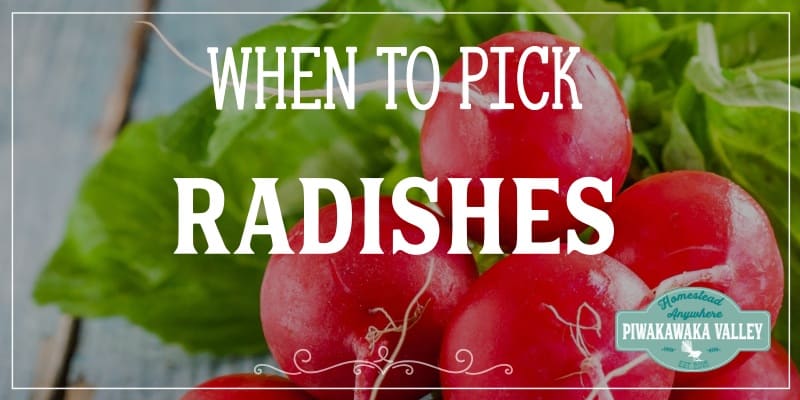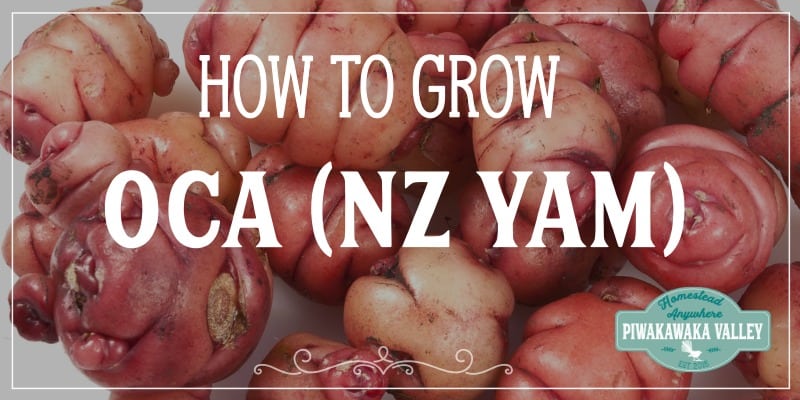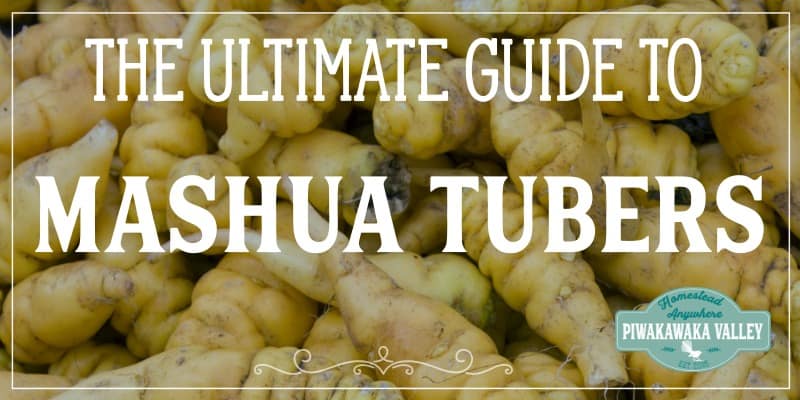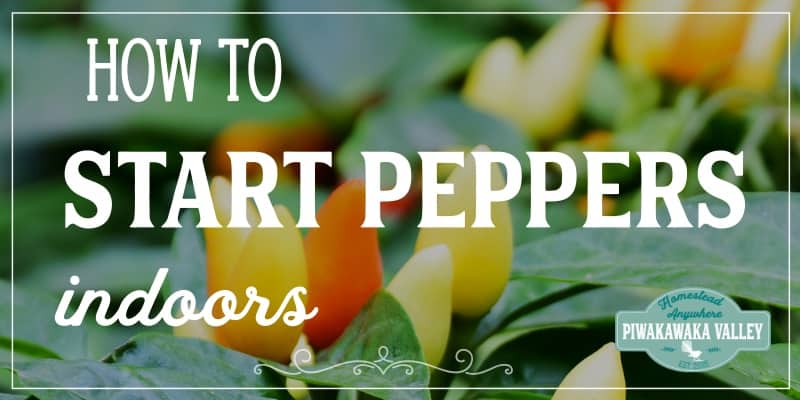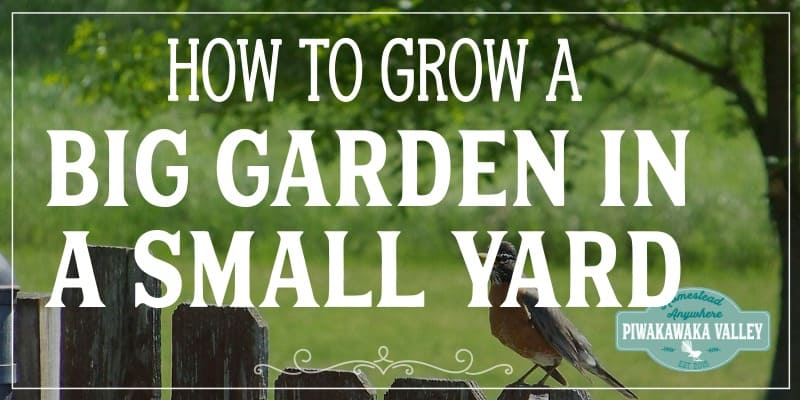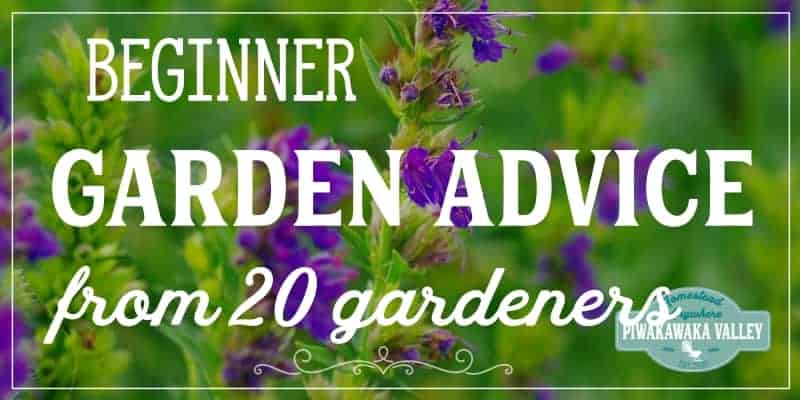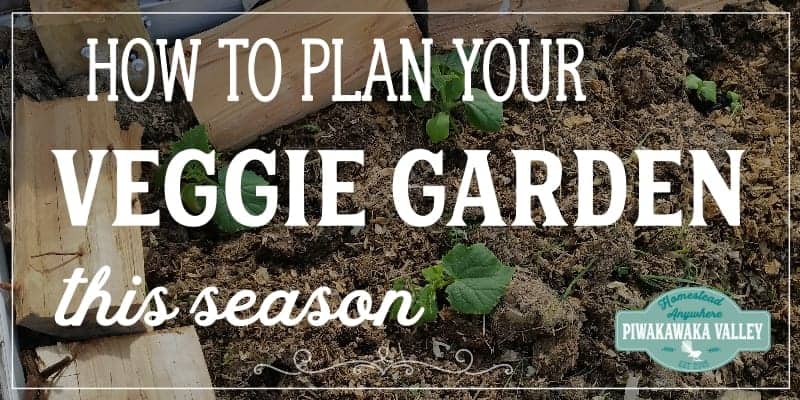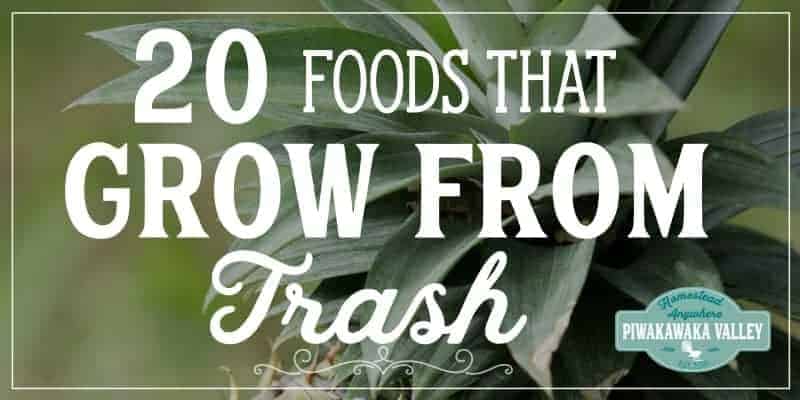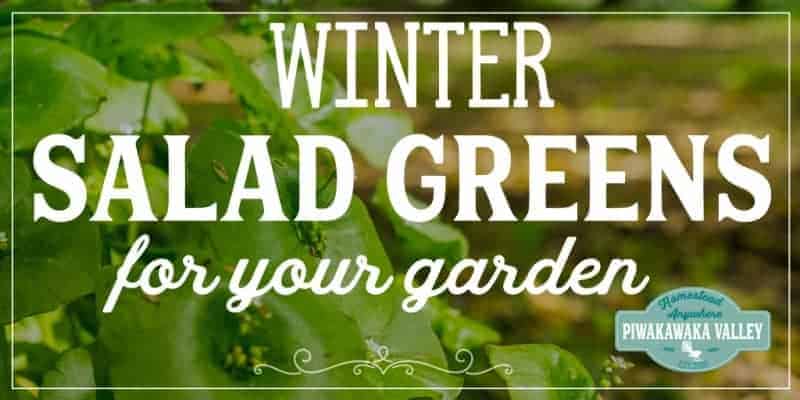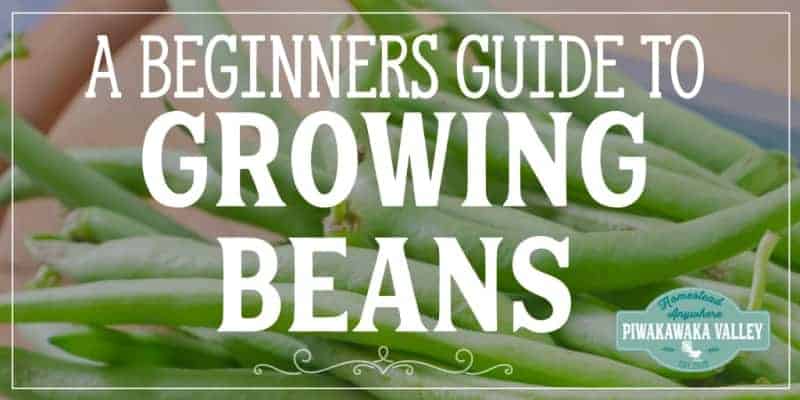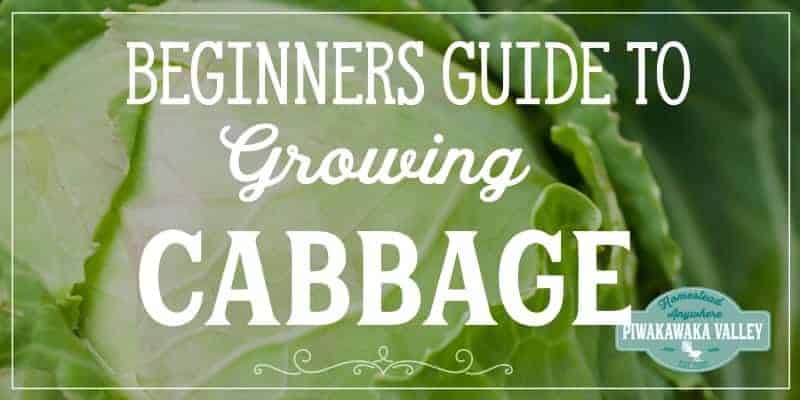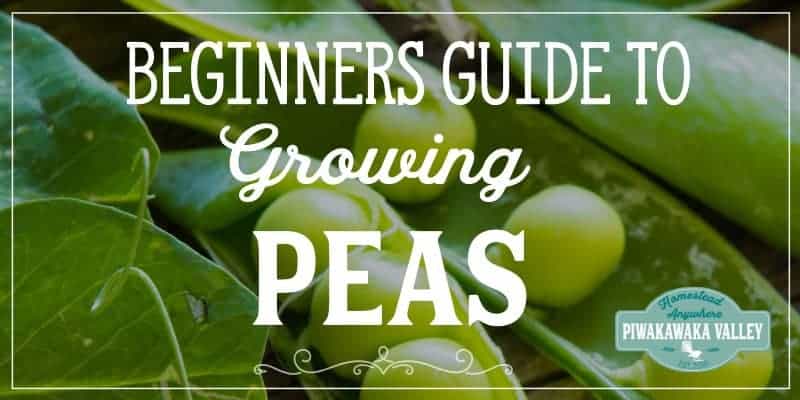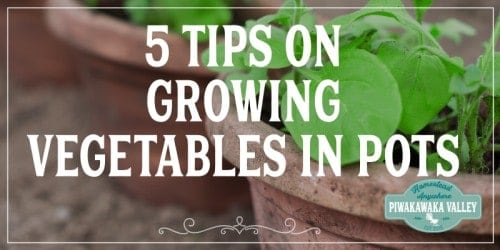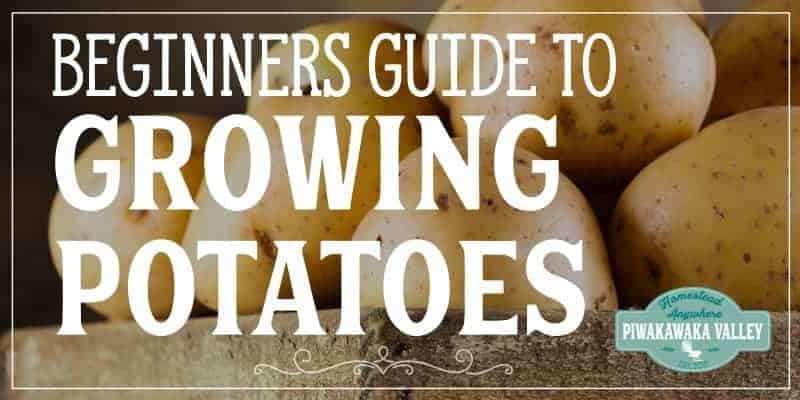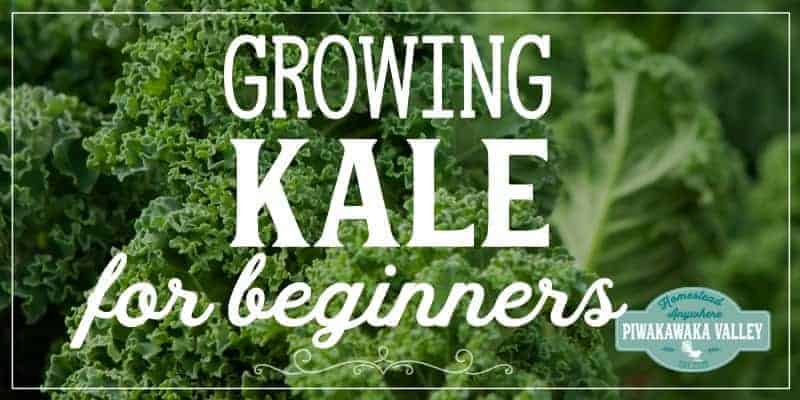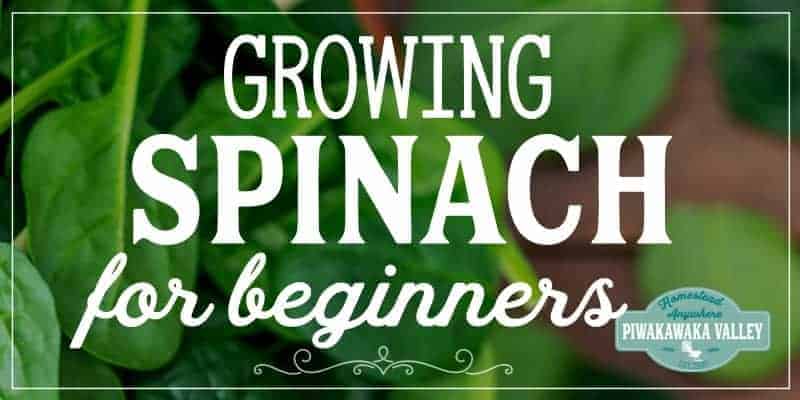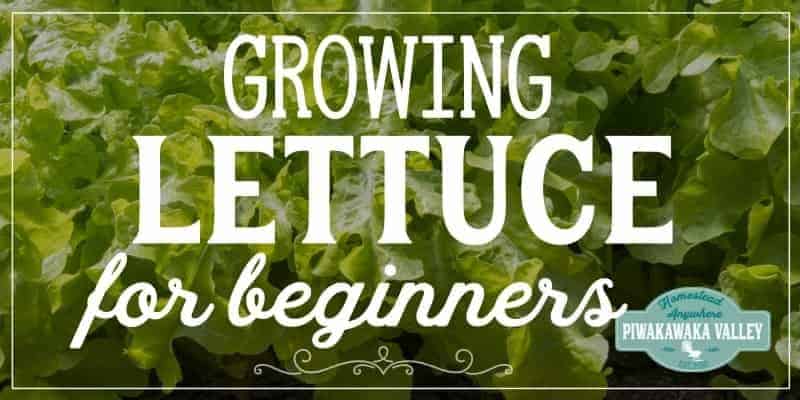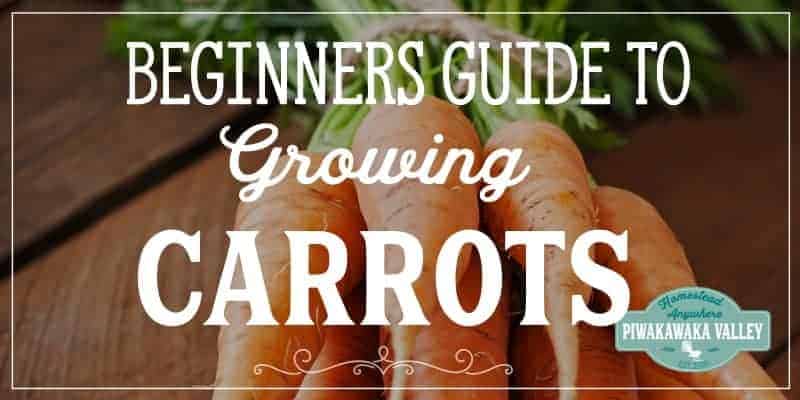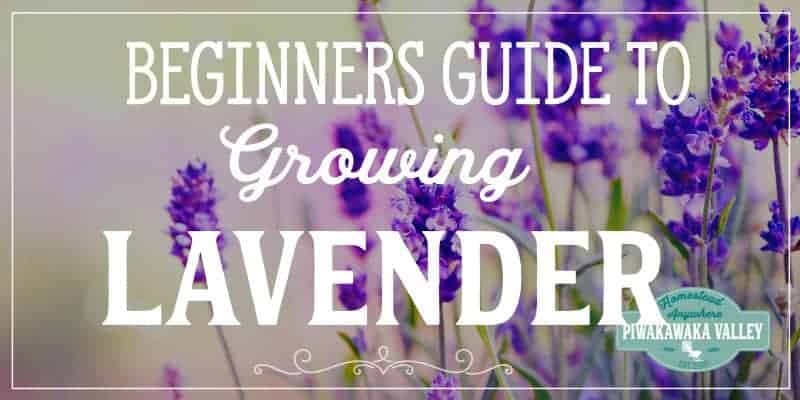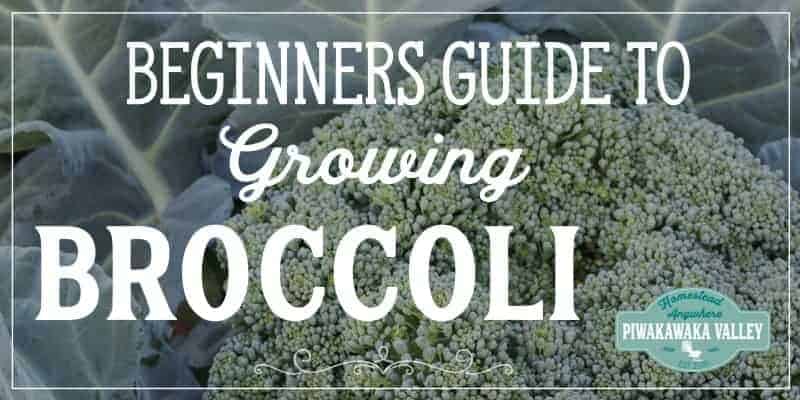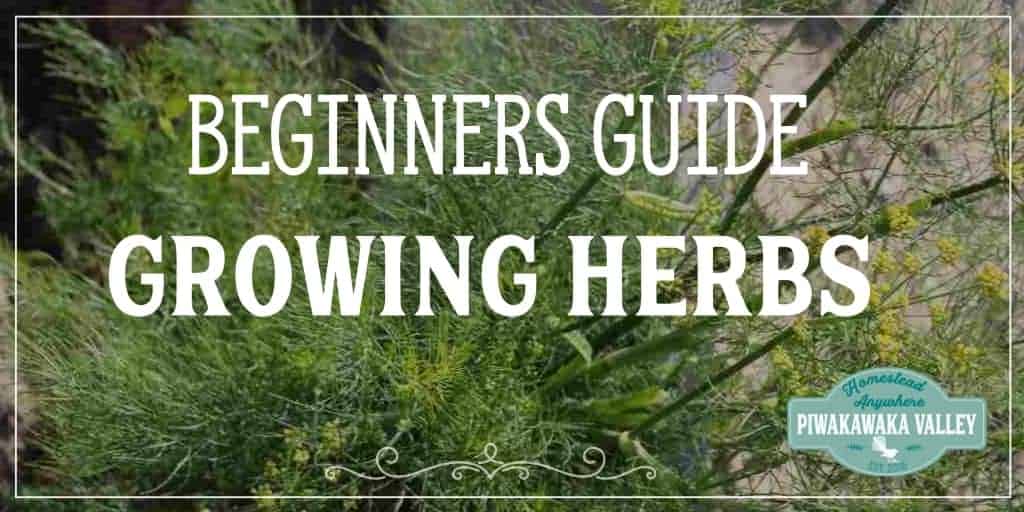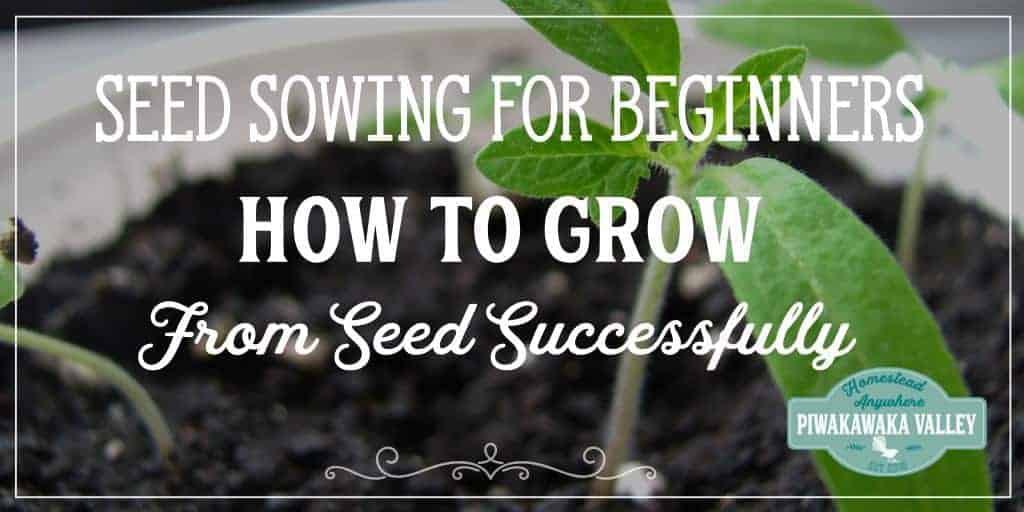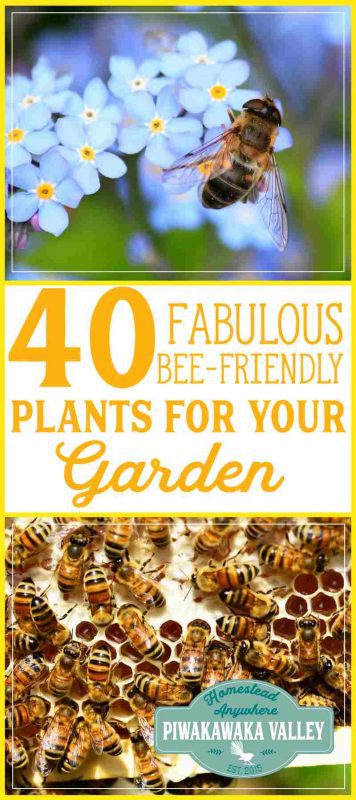This post was most recently updated on November 9th, 2021
There are some plants that are beneficial for honeybees, and others that are no use to them at all. Knowing what plants are that will feed and nourish the honeybees is critical to their survival. Below are 40 -friendly plants that honeybees love.
Please read: This information is provided for educational purposes only and is not intended to treat, diagnose or prevent any disease. We encourage you to make your own health care decisions in partnership with a qualified health care professional.
This post contains affiliate links, this means at no extra cost to you, we make a commission from sales. Please read our Disclosure Statement
If you are serious about companion planting or growing a food forest , you should consider adding some of the to your .
Why Do We Need to Save the ?
Wild bumble , native and numbers are really on the decline. With the rise of the varroa mite, American foul brood and the increase in pesticide and insecticide used in our backyard and in agriculture, our bees are dying.
In massive numbers.
Entire hives are perishing, and they are not strong enough to regenerate.
There are some farms – like the Californian almond growers – that truck in huge numbers of bees every year, but they use so many pesticides and fungicides that the hives often just die once they have completed their task of pollinating the millions of trees (1).
Why do we need bees?
Albert Einstein said “If the disappeared off the face of the Earth, man would only have four years left to live”
He was a smart man. Genius even. Now, I am not sure of the maths of what he said, but he can’t be far wrong.
Bees are critical pollinators: they pollinate 70 of the around 100 crop that feed 90% of the world (2). And without them we are fairly well doomed.
We need more that are without sprays to keep our bees healthy and well fed.
What Can We Do to Save the ?
All is not lost. Many people are working to prevent the extinction of the , and you can help too!
1) Provide water for them . Bees need water, especially in hot weather. A pond with a shallow edge or with waterlilies in it to give them a safe landing pad. Alternately shallow saucers of water out in the garden would help.
2) organically. Avoid sprays, especially when the plants are in .
3) Eat more organic food. This will help encourage producers to stop spraying.
4) Grow lots of .
40 Fabulous Ideas that bees Love
Here are over 40 that are easy to grow, look wonderful in your , and help to feed our hungry friends. These will also attract other bee species and other beneficial insects to your garden.
Bees prefer old fashioned blooms that are open and easy to access the center of the . In general including bees and prefer a that is bright and open. It is best to plant a range of both annuals and perennials and try and cover both early spring and late summer with blooms. also plays a role, bees can see ultra violet so are attracted to and most strongly.
to your is as simple as planting some of the following plants:
Friendly Annuals
Annual plants generally will later in the season, but the range of shapes, colours and sizes of the flowers is quite remarkable. Bees will come for both the and the , and the flowers will make a wonderful display in your . The upside to annual flowers is that often they are very good at self seeding and returning each year in different places around the . Annual flowers are cheap to buy and very easy to grow from seed.
- Alyssum
- Aquilegia
- Asteraceae family: asters, sunflowers, zinnias, cosmos and dandelions.
- Boraginaceae family: borage, comfrey and phacelia
- Brassica family: Broccoli, Cabbage, Mustard, Collards
- Calendula
- Californian poppy
- Carrot family (Apiaceae): fennel, coriander and parsley
- Cornflower
- Delphinium
- Forget-me-not
- Foxglove
- Lobelia
- Marigold
- Nasturtium
- Pansies
- Phlox
- Scabiosa
- Snapdragons
- Sweet peas
Friendly Perennials
Perennial plants are ones that you once and they continue to grow. The up side to perennial is that they tend to early in the season, and can for a long time in some cases. They are more expensive in up front costs, but once established, they will bring you joy every year.
- Bottlebrush
- Basket
- Calamintha
- Camelia
- Candytuft
- Creeping Thyme
- Dame’s Rocket
- Echinacea
- Gaillardia
- Gayfeather
- Globe Thistle
- Goldenrod
- Helenium
- Hosta
- Money
- Nepeta
- Oriental Poppy
- Rock Cress
- Sea Holly
- Wisteria
- Verbascum
- Veronica
Friendly Herbs
Herbs are a delight to grow in the garden, you can use them in your own food or herbal medicines, and they range from perennials to annuals, but usually once you plant them, if you allow them to go to seed they will continue to produce for you for many many years.
- Basil
- Chives
- Fennel
- Lemon balm
- Marigold
- Mint
- Oregano
- Rosemary
- Sage
- Thyme
Friendly NZ Native Plants / Trees
Every country will have some native plants that your will love. New Zealand is no different. Some plants like the lemonwood also release scent at night to attract the night pollinators as well. If you have space for a or two, try these ones to support your local native .
- NZ Jasmine
- Pohutukawa
- Rewarewa
- New Zealand flax
- Lemonwood
- Hoheria
- Tee tree
Tips for Planting a
When you are growing , try to them in large mass plantings if you can to most effectively. These should be at least 1m/3ft in diameter to allow the bees to arrive and fill up before having to move on. A mass planting will also be more obvious for them to see.
Pick at least 4 different types of from this list to provide food for different times of the year. Some plants like borage and will for a very long time and the bees love them.
Blue and yellow are the best plants for bees. However they will not say no to a or a yellow one if that is all that is on offer, so don’t let the colour of the flowers limit your gardening creativity!
Choose old fashioned varieties with an easy to access center. Modern hybrids are often without or and can be difficult to navigate.
Thank you for considering growing more flowers to feed the bees, your local thanks you.
Bee friendly wildflowers are available on Amazon:
Have you planted anything specifically for the bees? Tell me about it in the comments below!
Please Pin and Share!
If you would like help getting the most out of your garden, I would love to help you, find out more here
RELATED: Free Gardening Resources
If you like tips on frugal living, self sufficiency and consuming less, sign up to our newsletter below, I would LOVE to have you
For further reading, I also recommend all of these books. I own every one of them and they are amazing resources!
